Huawei has officially released the EMUI 11 system. The new system redesigned the off-screen display, adopts a new dynamic effect, brings new artistic themes, more flexible "smart windows" and more efficient multi-screen collaboration. What we should know is that EMUI 11 is a transitional platform between Android and Harmony. Huawei puts more emphasis on multi-device interconnection and wants to build a super terminal with smartphones as the core. Huawei has since announced that Harmony OS will adopt a new design language. In addition, it will also use more innovative designs and better full-scene experiences. The company will release a new beta version of this OS for developers on December 16th. Note that the name of the Harmony OS in China is Hongmeng OS.
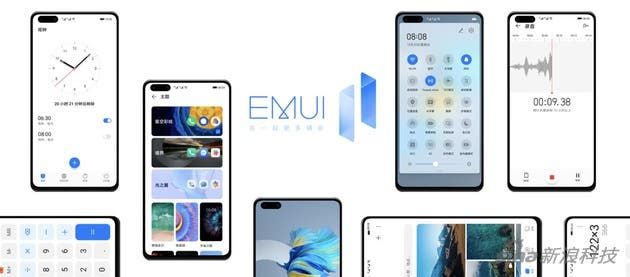
Let us now look at the major features that Huawei is promising its numerous users with the Harmony OS.
1. Interconnectivity - multiple devices connect to form one "giant"
Before understanding EMUI, we must first talk about the relationship between EMUI, Android, and HarmonyOS. EMUI is the system UI design, while Android and Harmony OS are operating systems. To put it simply, Android and Harmony OS are like different cake bases. For EMUI, it is the icing on the cake which forms the complete product. Of course, we all know that the icing can be of different flavours. The different icing flavours are what we know as "EMUI", "MIUI", "ColorOS", etc.
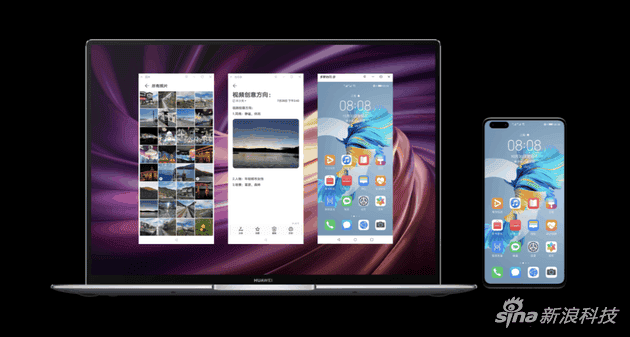
In the future, Huawei wants to gradually replace the Android system with Harmony. The new system development will decide whether it can run an Android App. Whether it looks good or not, depends on the design of EMUI.
In the process of designing EMUI 11, Huawei proposed three concepts: consistent and integrated, lightweight and efficient, refined, and individual. These propositions are integrated into all parts of the system and finally drawn into an interactive system that users can see and touch. These concepts are not only applied to the EMUI 11 system but also extended to the systems of other devices.
The best embodiment of this is the concept of "consistent and unified". Users who have used smart screens will find that many designs and logics of smart screens are similar to those of Huawei smartphones. For example, the card-like design of the functional area at the bottom of the smart screen homepage is the same as the Dock at the bottom of the phone; some necessary function buttons are placed in the notification bar called on the right.
Seamless interconnectivity for Harmony OS
These interaction logics are consistent with smartphones. Not only smart screens, but there will also be more interactions with "Huawei" devices in the future.
Of course, it’s not enough that the interface looks familiar and consistent. The reason why Huawei developed Harmony and gradually switched from Android is to build a super terminal. The core of this so-called super terminal is to make the devices that make up the terminal regardless of the user.
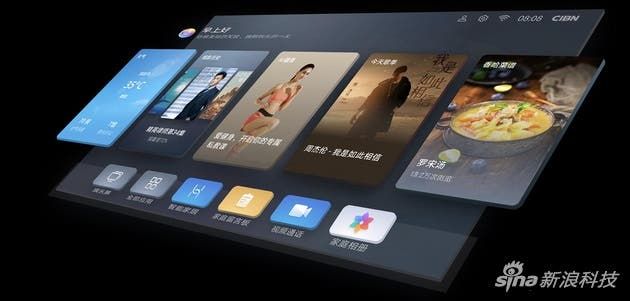
How can you have system interconnectivity regardless of user. This is what Huawei is developing. If you have compatible devices, as soon as you activate navigation on your phone, you can access it on your smartwatch. The navigation information is seamlessly displayed on the watch. This way, users do not need to update information on the cloud to assess the on multiple devices. Cloud services will be for storing information and nothing else. If you have an information on your phone, you can seamlessly share it to your smart screen.
This feature involves multiple devices from phones to smartwatches, cars to smart screens, and so on. Huawei calls this the principle of "oneness". As long as the device is available in the ecological chain, it can assess information on other devices seamlessly.
2. Human Factors Research - now the cornerstone of EMUI
Putting aside the multi-device design concept and focusing on the EMUI 11 system, as the core of "1+8+N", the simplicity and efficiency of the system itself is also very important. The smart multi-window function of EMUI 11 gets some optimizations again. Users can drag, zoom, and hang an active floating window on the side of the screen.
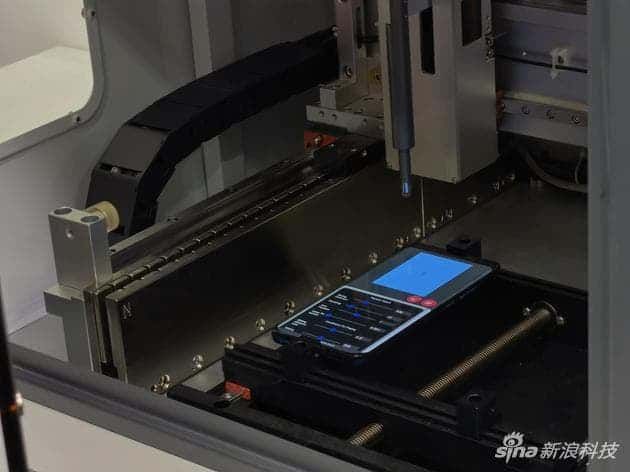
In fact, the smart multi-window feature is derived from the split-screen function of the Android native system. It's just that the original split-screen function is not easy to use, even on a larger tablet screen. To this end, Huawei has designed a Dock bar that can be swiped open on the tablet to quickly start the split-screen function. It also added a floating window as an extension of the split-screen function.
In addition to the smart multi-window function, Huawei has done a lot of human factors research on dynamic interaction. Through these studies, the system becomes more comfortable and efficient.
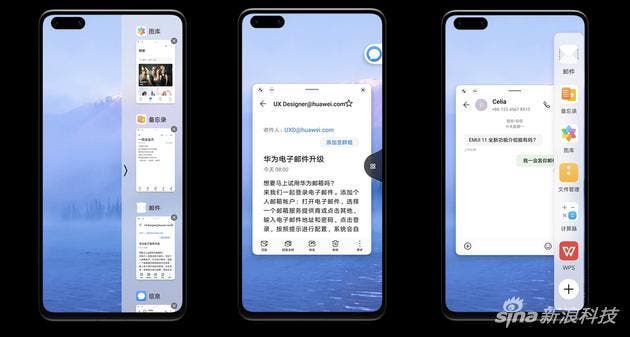
What is human factors research?
Human factors research directly considers first-hand human needs in operations. This means that Huawei actually invites people to do testing. These tests direct the company on where to place certain features. For instance, Huawei will invite volunteers to use professional equipment to collect the electrical signals of the hand muscles when sliding the mobile phone. This will help the company to determine the degree of muscle fatigue when sliding. It will also help Huawei to find the most comfortable operating position for users.
With this kind of research, the past "design interaction by feeling" no longer exists. Similar research also includes the analysis of the gaze point of human eyes on smart screens, tablets, and other devices. The impact of smartwatch interaction during exercise, and so on.
Huawei will invite some volunteers to assist in the research, and the number of volunteers for each test is not less than 30. It is based on these studies that Huawei optimized the dynamic effects of the EMUI 11 system to make users' browsing more efficient.
Nowadays, human factors research has become the most basic part of Huawei's interaction design. Only this design can make the interaction with the device more comfortable and natural.
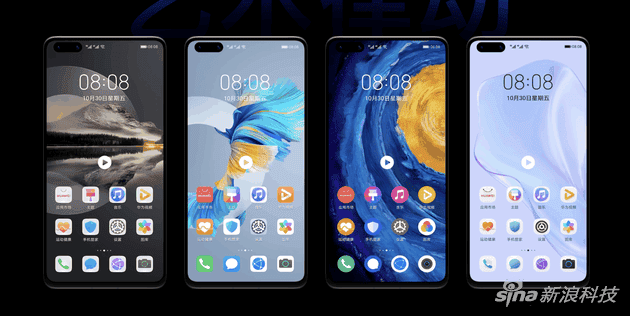
3. Special Themes
In addition to interaction and animation, Huawei also adds new themes and AOD off-screen display to EMUI 11. Even for a small off-screen animation, Huawei’s designers have done a lot of research. For example, in order to make the deer walk more agile, the designer studied the details of hoofs and legs of hoofed animals, and the steps of four legs when walking.
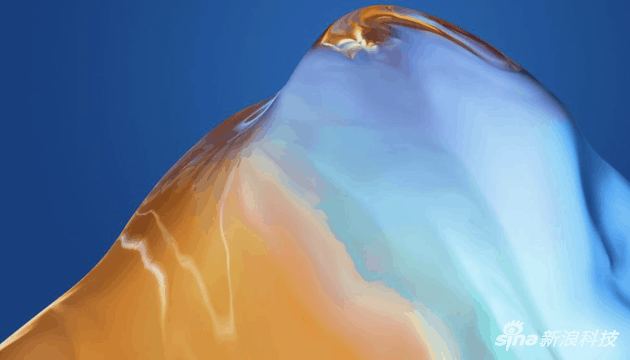
In terms of themes, Huawei tried to shoot real scenes of alcohol infesting ice cubes on the P40 as a new theme wallpaper. This method of "shooting real scenes for wallpaper" has also been used by Apple on iPhone and Apple Watch. It can be said that this is a real artistic creation, rather than using commercial materials for stitching like many years ago.
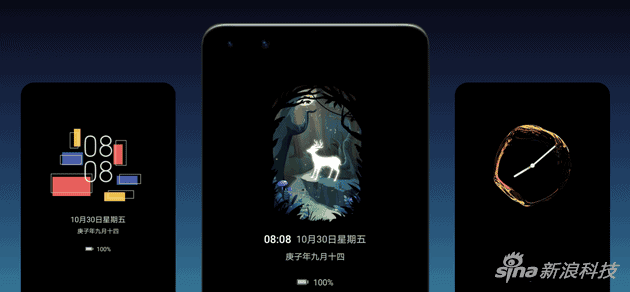
Conclusion
When you pay attention to these details, do you feel that the changes in EMUI 11 are much richer than you think? Well, it is not just for EMUI 11, the upcoming Harmony OS will make all these features far better. It is not as simple as repainting the icon and adding a few more wallpapers but starting from the details.
Huawei’s current design ideas are gradually on the right track, and will gradually be available to everyone. The Harmony OS will not be for Huawei alone. Whoever wants to use this operating system can do so.
We will now have to wait for December 16 for the first Harmony OS smartphone beta. According to Mao Yumin, vice president of Huawei's software department, the Mate40 series will get the upgrade first.
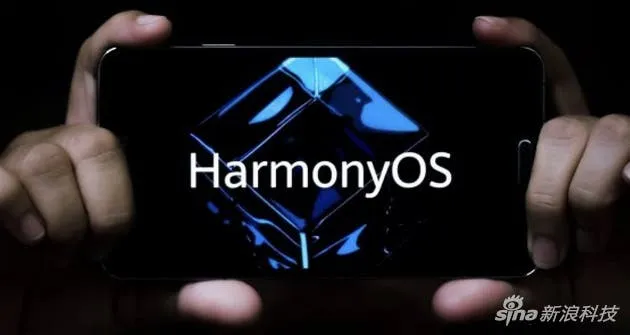





Place comments
0 Comments
You are currently seeing only the comments you are notified about, if you want to see all comments from this post, click the button below.
Show all comments